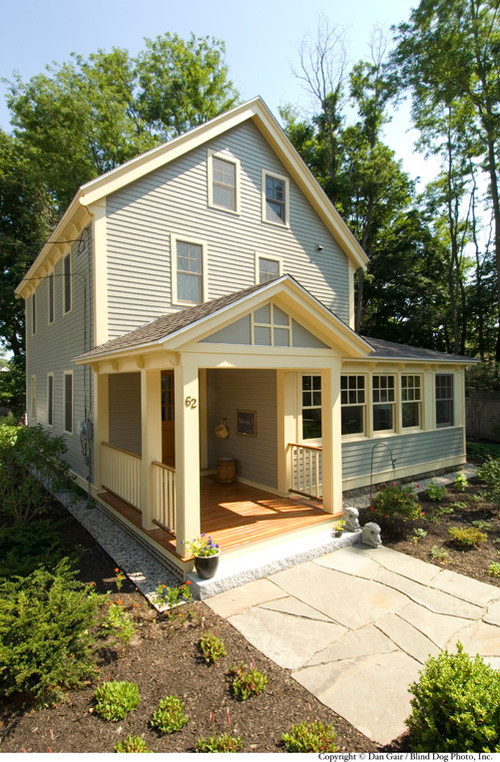A Look at Gables
Perhaps one of the most well-known examples of gables can be found at Green Gables, the home and farm site that inspired the author of the novel “Anne of Green Gables.” And, yes, if you were wondering, Green Gables, which is located on Prince Edward Island in Canada, does indeed have a green gable roof.
A gable roof is one that has “two triangular gable ends and a single ridge between two sloping roof panels,” according to Houzz. Gable roofs are so ubiquitous that you may not have realized there was a name for them.
It’s worth noting some of the advantages and disadvantages of gable roofs. Advantages of gable roofs are that they are simple and economical to build, offer sturdy design, allow for vaulted ceilings and can be steeply pitched to help with water runoff. The disadvantages are that they require more labor to build than truss roofs, which have replaced true gables in modern construction, and trusses are a little stronger.
As prevalent as gable roofs are, there are some variations on the traditional gable roof style that can help add architectural interest such as:
Dutch gable roofs. Dutch gable roofs combine a roof with four sloping sides, also known as a hip roof, with a gable roof. The gable roof is positioned in the center of the hip roof, offering attic space as well as the option of a covered porch and easy gutter placement.
False-front gable roofs. False-front gable roofs give the appearance of two gable roofs by placing false gables on the front of a low-pitched roof. They are used only for looks.
Clipped gable roofs. Clipped gable roofs look like gable roofs with flattened peaks that slope downward. Besides reducing the impact of wind, clipped gable roofs also add visual interest.
Check out these examples of gable roofs for more design ideas.
Do you have a favorite style of gables? Let us know by leaving a comment, and be sure to check out our portfolio for more visual inspiration for your next renovation or new build.





